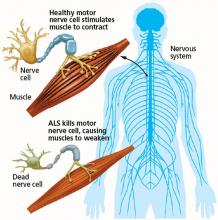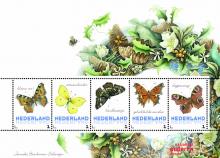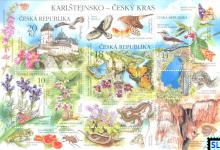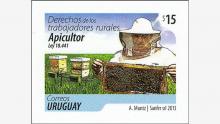Fünf Schmetterlingsarten laut Studie in Österreich ausgestorben
Eine neue Studie von Schmetterlingsforscher Peter Huemer zeigt, dass mehr als die Hälfte der Tagfalter erheblich gefährdet sind. Fünf Arten sind in Österreich bereits ausgestorben. Der Bericht, der am Dienstag vorgestellt wurde, zeigt aber auch, dass Österreich mit mehr als 4.000 registrierten Arten noch immer eine große Biodiversität hat. Doch macht vor allem den Tagfaltern die Veränderung ihrer Lebensräume zu schaffen.










